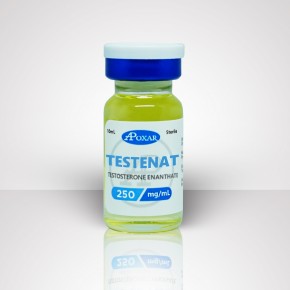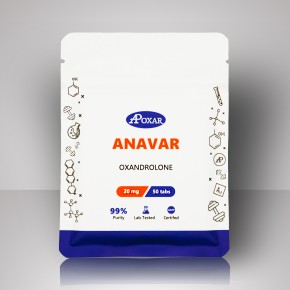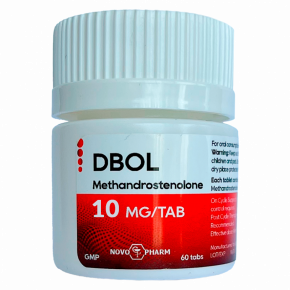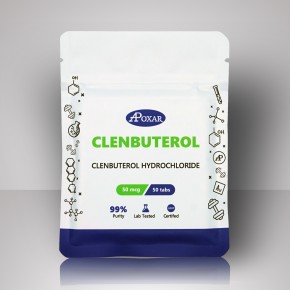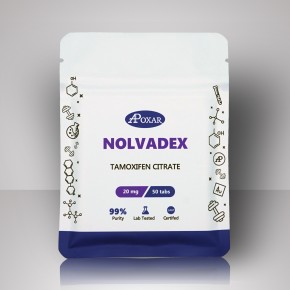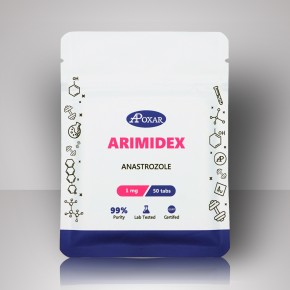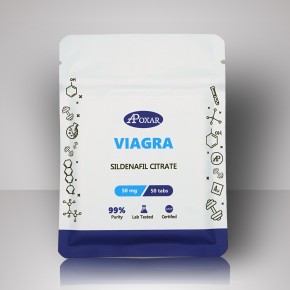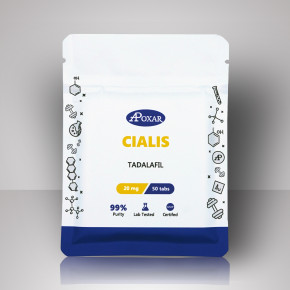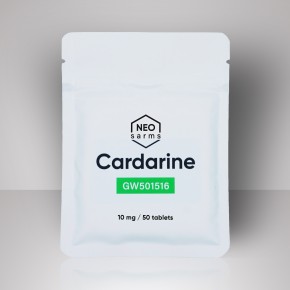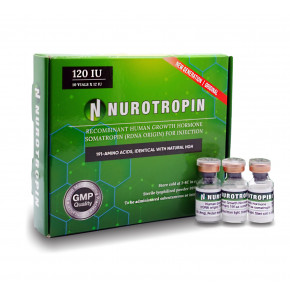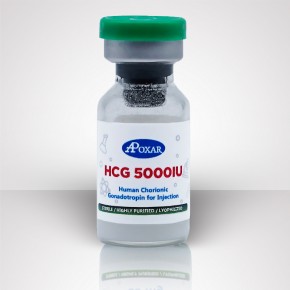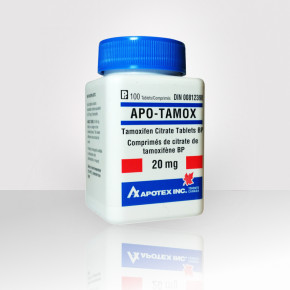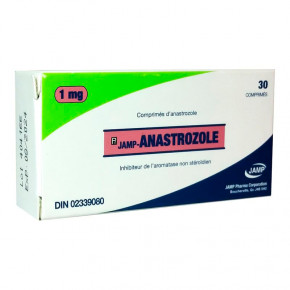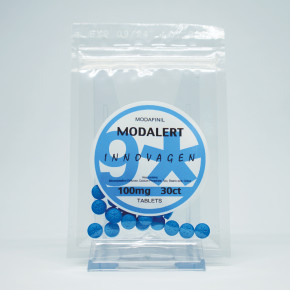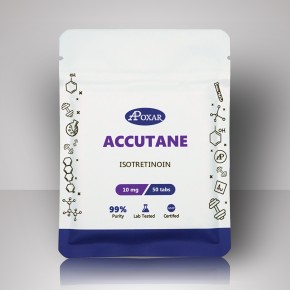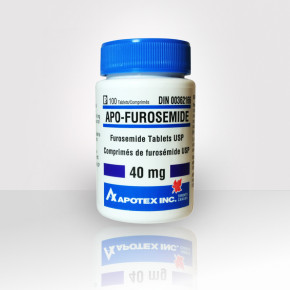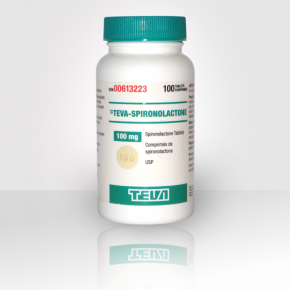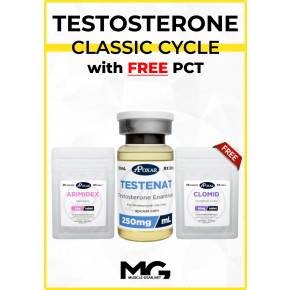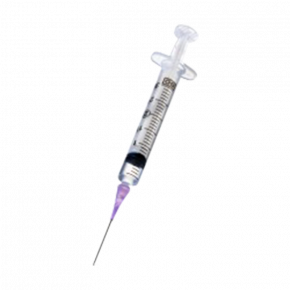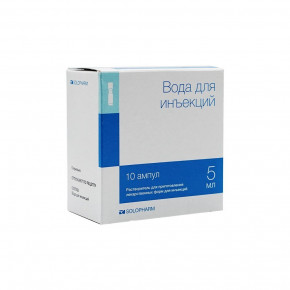Nandrolone decanoate first appeared in the early 1960s, with Organon bringing it to market under the now-famous name Deca Durabolin. The compound quickly became one of the most widely recognized anabolic steroids, thanks to a long active life and a track record in clinical settings.
Over the decades, numerous versions and brand names have appeared, but Deca Durabolin has remained the best-known form of the Nandrolone family.
History and Medical Background
Nandrolone was originally developed for therapeutic use. Deca Durabolin found medical applications in areas such as:
- Muscle-wasting conditions;
- Osteoporosis and bone fragility;
- Anemia;
- Severe injuries and burn recovery;
- Certain breast cancer treatments;
- Age-related weakness or fatigue.
Early pharmaceutical versions were released in concentrations like 50 mg/ml, later followed by stronger formats as demand expanded. Although its medical use narrowed after the mid-1970s, Deca remained widely available globally.
Chemical Structure and Classification
Deca Durabolin is a 19-nortestosterone (19-nor) anabolic androgenic steroid. This classification comes from the absence of a carbon atom at the 19th position of the testosterone structure — a small change that gives Nandrolone its recognizable characteristics.
Nandrolone is attached to the decanoate ester, which slows its release rate after injection. Once in the bloodstream, the ester is removed and free Nandrolone becomes active.
Key Characteristics
Although values vary between sources, we can highlight several consistent traits:
- Anabolic activity — 150% of testosterone
- Androgenic activity — 30% of testosterone
- Aromatization (conversion into estrogens) - minimal
- Liver toxicity — low
- Type — injectable
- Half-life — 15 days
- Recommended dosage — 200-400 mg per week
- The detection time — up to 18 months
- Suppression of the testosterone— average-high (due to the nature of the progestin).
These traits are why Deca has been considered a steady, slow-acting compound in both clinical and non-clinical circles.
Deca Durabolin Effects
Nandrolone decanoate is known for several physiological effects:
- Nitrogen retention: even small amounts of Nandrolone show noticeable influence on nitrogen balance.
- Collagen synthesis: often cited as a reason for perceived joint relief.
- Bone mineral content: many early medical uses revolved around bone health.
- Red blood cell production: contributes to its therapeutic reputation.
Because of these combined traits, Deca Durabolin has long been associated with durability, recovery, and general “feel-good” effects that many users report.
Reported Effects in Bodybuilding
Across medical literature and decades of anecdotal reporting, certain effects are consistently mentioned:
- Noticeable increases in lean mass when nutrition and training support it;
- Improved bone strength and connective-tissue support;
- Reduced joint discomfort for some individuals;
- Increased red blood cell production and improved oxygen-carrying capacity;
Also, you can expect lower likelihood of certain androgenic side effects when compared to higher-androgen steroids.
Deca Side Effects (General Overview)
Nandrolone has progesterone activity, a feature tied to the 19-nor classification. Some individuals may experience:
- Headaches;
- Back discomfort;
- Skin rashes;
- Mood fluctuations;
- Blood pressure changes.
Other side effects are also possible, even though Deca’s androgenic profile is lower than many other steroids.
Deca Cycles
It’s generally considered a good idea to follow these guidelines when you’re considering a deca cycle:
- Winstrol is well combined with the drug;
- Testosterone — typically is used 200-400 mg of Retabolilum (1 time per week), and, respectively, 250-750mg of testosterone per week;
- Sustanon — 200-400mg of Deca 1 time per week, and 250-750 mg of Sustanon per week.
- Methandrostenolone (Dianabol) — 200-400mg of Deca 1 time per week, and 10-50 mg of methandrostenolone every day, in combination with testosterone.
Summary — Why is Deca Still Around?
Even with changing trends, newer compounds, shifting medical guidelines, and evolving athletic standards, Deca Durabolin hasn’t disappeared:
- Long history in therapeutic settings;
- Predictable, steady characteristics;
- Low liver strain;
- Generally tolerable side-effect profile compared to more aggressive compounds.
That’s why it still shows up in discussions about classic anabolic steroids and in locker room talks in 2026, decades after its introduction.
Sources
- Effect of nandrolone decanoate (Deca-Durabolin) on the disease activity of female patients with systemic lupus erythematosus — https://link.springer.com/article/10.1007/BF00290201
- Nandrolone Decanoate: Use, Abuse and Side Effects — https://pmc.ncbi.nlm.nih.gov/articles/PMC7696474/
- Deca Durabolin: Uses, benefits, and side effects — https://www.vinmec.com/eng/blog/uses-of-deca-durabolin-en
- Beyond testosterone cypionate: evidence behind the use of nandrolone in male health and wellness — https://tau.amegroups.org/article/view/9544/html
- Bodybuilders' body composition: effect of nandrolone decanoate — https://pubmed.ncbi.nlm.nih.gov/15076791/

 Trusted by 50,000 Customers
Trusted by 50,000 Customers